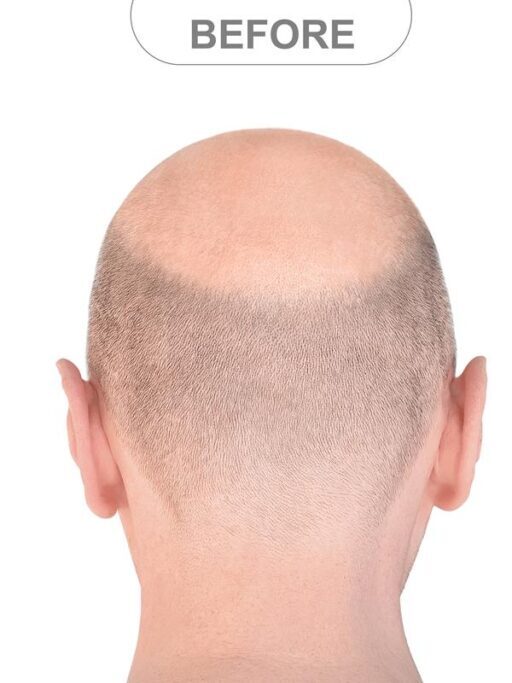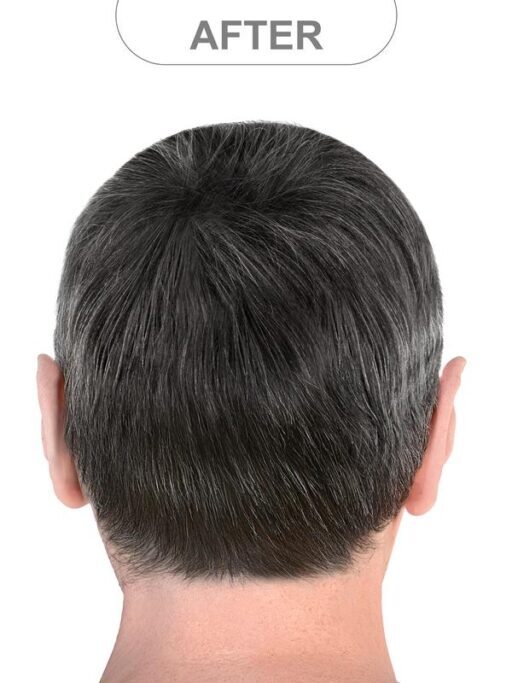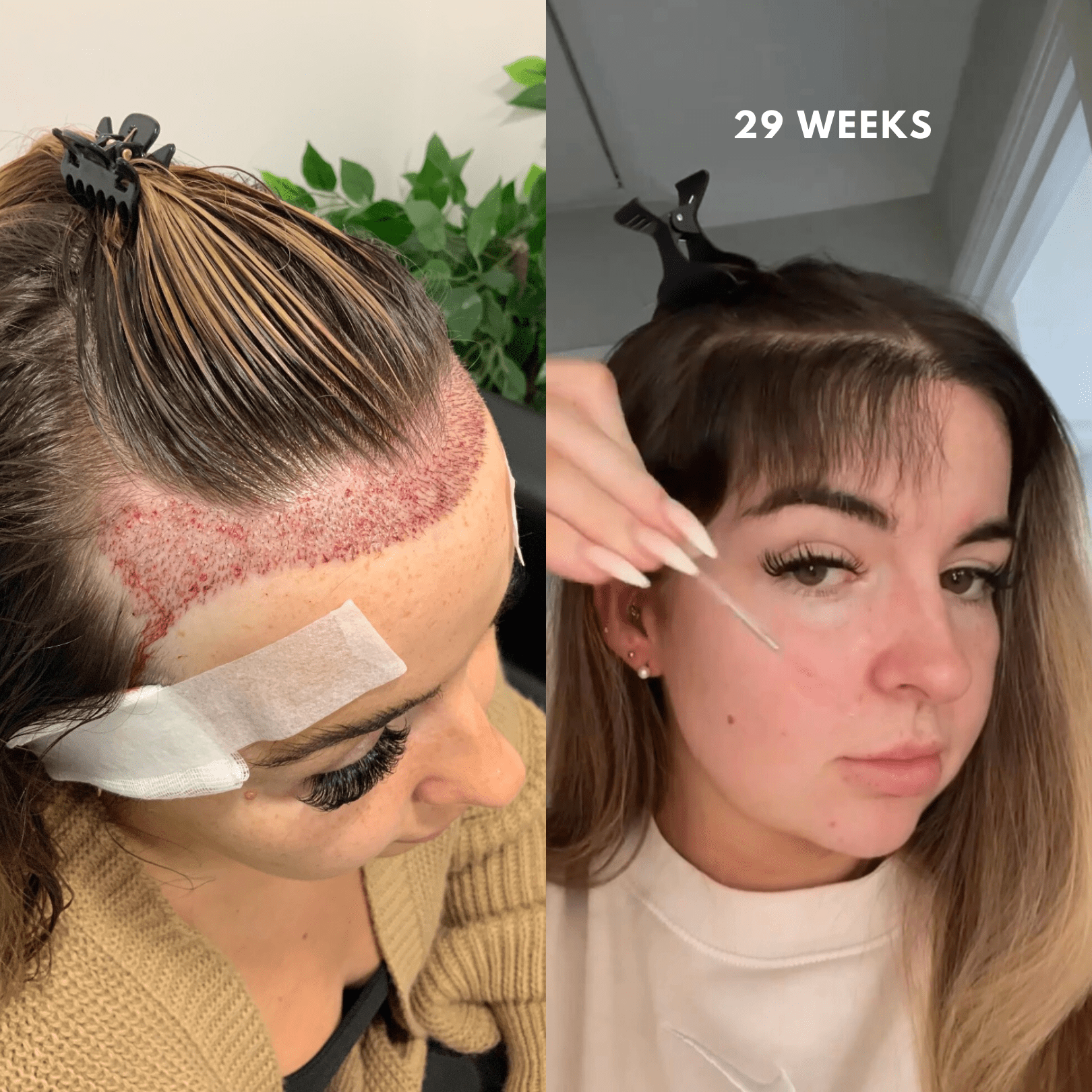Hair Transplant: A Permanent Solution for Hair Loss
What is a Hair Transplant?
A hair transplant is a surgical procedure where hair follicles are moved from a donor area (like the back of the head)
to a bald or balding area of the scalp. The two main methods are Follicular Unit Transplantation (FUT) and
Follicular Unit Extraction (FUE).
How it Works
- Harvesting: Hair follicles are taken from a donor area using either the FUT or FUE method.
- Preparation: The harvested follicles are preserved, sometimes in a solution like Platelet-Poor Plasma (PPP), to help with growth.
- Implantation: The follicles are then implanted into the recipient area through small incisions or punctures.
- New Growth: The transplanted hair will shed in the first few months, but the follicles remain and will begin to grow new hair after a dormant cycle.
Common Types of Hair Transplants
- Follicular Unit Transplantation (FUT): A strip of skin with multiple hair follicles is removed from the donor area,
and the strip is then dissected into individual follicular units for transplantation. - Follicular Unit Extraction (FUE): Individual hair follicles are extracted one by one using a small punch tool.
Reasons for a Hair Transplant
- Male or Female Pattern Baldness: To restore hair in areas with thinning or balding.
- Scars: To restore hair in areas with scars.
- Enhance Areas: To enhance areas like eyebrows, eyelashes, or beards.
Beard Transplant
- What it Does: Creates a thicker, more defined beard or fills in patchy areas.
- Donor Hair: Grafts are typically taken from the back or sides of the scalp.
- Recovery Timeline: First 2 weeks: Redness, swelling, and scabbing are normal.
The transplanted hair will fall out after 2 to 3 weeks.
Eyebrow Transplant
- What it Does: Restores or reshapes eyebrows that are thin, sparse, or have lost hair.
- Donor Hair: Hair follicles are extracted from the nape of the neck, or in some cases, the legs.
- Recovery Timeline: First week: Mild swelling, redness, and scabbing. 2–3 weeks: The transplanted hair will shed, making way for new growth.
How it Works
Preparation and consultation
The process begins with a consultation where a surgeon analyzes your hair loss, discusses your goals, and designs a new hairline. The best approach for your specific case (FUE vs. FUT) is determined at this time.
- Donor area selection: The surgeon identifies a donor area on your scalp with strong, balding-resistant hair, typically on the back or sides of the head.
- Anesthesia: On the day of the procedure, both the donor and recipient areas are numbed with a local anesthetic to ensure comfort.
Hair follicle harvesting
Next, the surgeon carefully extracts the hair follicles from the donor area using one of two primary methods.
- FUT (Follicular Unit Transplantation): The surgeon removes a thin strip of tissue from the donor area. The strip is then meticulously divided into individual follicular units (grafts) under a microscope by a surgical team.
- FUE (Follicular Unit Extraction): The surgeon individually extracts follicular units directly from the donor area using a small, specialized punch tool, which leaves tiny, circular scars that are less noticeable than the linear scar from FUT.
Site preparation and implantation
With the grafts prepared, the surgeon gets the recipient area ready for transplantation.
- Recipient site creation: Tiny incisions, or slits, are created in the thinning or bald area of the scalp. The surgeon carefully controls the angle, direction, and density of these sites to ensure the new hair will grow naturally.
- Implantation: The harvested grafts are carefully inserted into the prepared incisions one by one, a process that can take several hours depending on the number of grafts.
Recovery and hair growth
After the surgery, the final step is a careful recovery and waiting for new hair to grow.
- Aftercare: Your surgeon will provide detailed instructions for post-procedure care, which includes keeping the scalp clean and avoiding strenuous activities for a period of time.
- Hair growth cycle: It is normal for the transplanted hair to shed within a few weeks after the procedure. This is part of the natural hair growth cycle. You can expect to see new hair growth starting after a few months, with full results typically visible within 12 to 18 months.


Before
After
have a question?
Quick answers to questions you may have
Is a hair transplant painful?
A hair transplant procedure is not painful, as it is performed under local anesthesia to numb the scalp. You may feel some minimal discomfort during the initial injections, but after the anesthesia takes effect, the procedure is painless. After the surgery, any mild soreness or discomfort is typically managed with over-the-counter pain medication.
Are hair transplant results permanent?
Yes, hair transplant results are permanent. The hair follicles used in the transplant are taken from the donor area (usually the back or sides of the head) where the hair is genetically resistant to the hormones that cause balding. Because these follicles retain their genetic characteristics even after being moved, they continue to grow for a lifetime.
hat is the difference between FUE and FUT?
The main difference lies in how hair follicles are harvested from the donor area.
- Follicular Unit Extraction (FUE): In this method, the surgeon uses a specialized tool to extract individual hair follicles directly from the scalp. The process leaves tiny, dot-like scars that are less noticeable and heal quickly.
- Follicular Unit Transplantation (FUT): This traditional method involves surgically removing a small strip of skin from the donor area. The strip is then dissected into individual follicular units for transplantation. This method leaves a linear scar that is typically hidden by the surrounding hair but may be visible if the hair is cut very short.
How long does it take to see the results?
A hair transplant does not produce instant results, and patience is required. Here is a typical timeline:
- Initial shedding: Most of the newly transplanted hair will fall out within two to four weeks, which is a normal part of the process.
- New growth: New hair growth usually begins around three to four months after the surgery. At first, it may be fine or thin.
- Full results: Most patients see significant growth and improved density within six to nine months, with the final, full results becoming visible around 10 to 12 months after the procedure.

